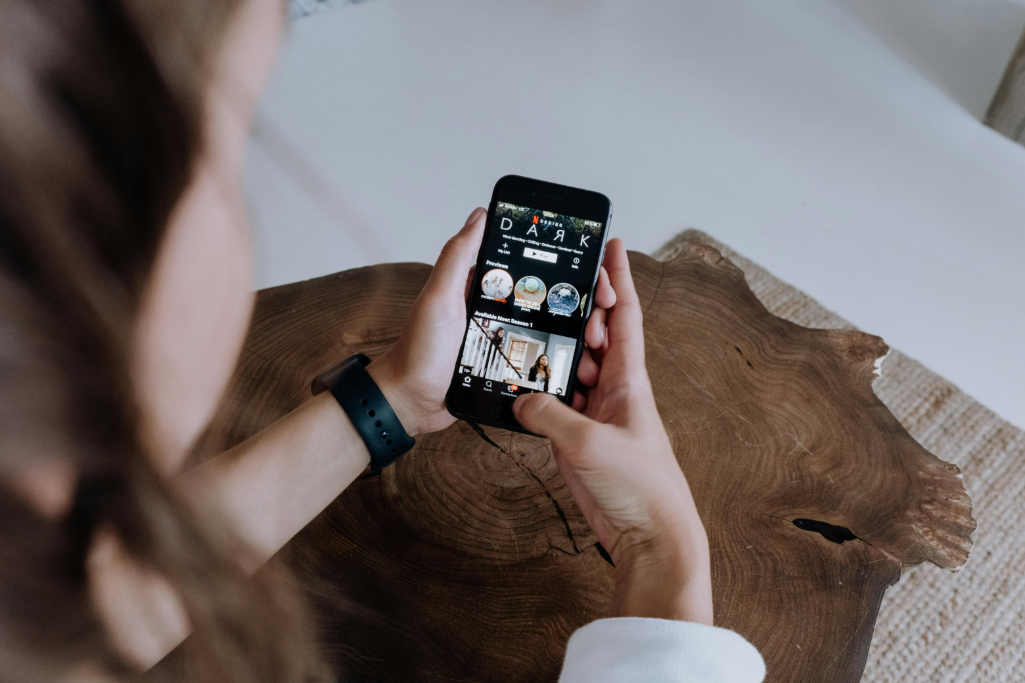Creating short dramas that explode in popularity on platforms like TikTok, Instagram Reels, and YouTube Shorts isn't just about snappy plots or charismatic actors—it's a calculated game of cultural resonance and accessibility. In the US and Europe, where audiences scroll through endless feeds in diverse languages and settings, subtitle translation emerges as a powerhouse tool for turning niche content into global sensations. Let's dive into what makes these bite-sized stories go viral, backed by real-world strategies and examples that creators are using right now.
First off, understand the landscape: short dramas, those addictive 1-2 minute episodes packed with romance, revenge, or redemption arcs, are booming. In 2024 alone, US short drama apps racked up over 59 million downloads, capturing 11.39% of the global market and ranking third worldwide. Fast-forward to 2025, and the revenue from these apps has skyrocketed from $178 million in Q1 2024 to nearly $700 million in Q1 2025, showing how creators and platforms are cashing in on this trend. In Europe, TikTok boasts over 200 million users, fueling an influencer economy where short-form content drives massive engagement. But here's the kicker—these numbers don't happen by accident. They stem from smart tactics that prioritize viewer retention in a world where most people watch videos on mute or in noisy environments.
One of the most underrated yet proven strategies? Mastering subtitle translation. It's not just about slapping on words; it's about crafting translations that feel native, punchy, and culturally spot-on. Studies show that videos with subtitles see 40% more views than those without, and they're 80% more likely to be watched to the end. On TikTok and Reels, where algorithms reward watch time, this boost can mean the difference between a video fizzling out at 10k views and hitting millions. Think about it: 80% of viewers are more inclined to finish a clip with captions, especially when they're scrolling in public or late at night without sound. For US and European audiences, who often mix English with Spanish, French, German, or other languages, multilingual subtitles open doors to broader demographics, turning local hits into cross-border phenomena.
So, how do you nail this in practice? Start with timing and rhythm. Subtitles should sync perfectly with dialogue—too fast, and viewers bail; too slow, and the drama loses its edge. A pro tip from viral creators: keep lines under 15 words per subtitle burst, using bold fonts for emphasis on key twists. This mirrors how successful short dramas like those from Korean or Chinese origins adapt for Western viewers. For instance, incorporate idioms that land locally—translate a dramatic "heartbreak" moment not literally, but with slang like "gutted" for UK audiences or "crushed" in the US to amp up relatability.
Next, lean into cultural localization. Direct translations often flop because they miss nuances. A revenge plot that resonates in Asia might need tweaking for European sensibilities, swapping out references to family honor with themes of personal empowerment. Data backs this: in 2025's first half, short drama ad spending surged 53.9% year-over-year, with over 300 global advertisers targeting hyper-specific audiences through localized content. Platforms like TikTok prioritize this in their algorithms, pushing videos that spark shares and duets across regions.
Real examples illustrate this magic. Take the Chinese short drama "Flash Marriage," which went viral on TikTok after being translated into English with subtitles that captured snappy, meme-worthy dialogue. Creators shared clips where subtitles highlighted ironic twists, like a character's deadpan "Well, that escalated quickly," drawing in US viewers who remixed it into their own content. It racked up millions of views by blending universal rom-com tropes with culturally adapted humor. Similarly, Korean drama shorts like those featuring emotional family reunions have exploded in Europe, thanks to multilingual subtitles in French and German that preserve the heartfelt pauses while adding local flavor—think subtitles that use "mon amour" in romantic scenes for French-speaking fans. One such series hit over 76 million views, proving how subtitles turn passive scrolling into active engagement.
Another viral gem: the multilingual drama "Our Forever, Laid to Rest," which spread across TikTok with English, Spanish, and Italian subs. Its emotional depth—focusing on loss and closure—resonated because translations nailed the subtle tones, leading to user-generated content like reaction videos that amplified its reach. Creators behind these hits often collaborate with experts to A/B test subtitle versions, tracking metrics like completion rates to refine what works.
Don't overlook hooks and trends. Tie your short drama to viral challenges—pair a subtitle reveal with a trending sound, like a dramatic gasp synced to popular audio. In the US, where micro-dramas pulled in 68% of ad dollars from social media in early 2025, this integration is key. European creators, facing a market projected to hit $6.5 billion for micro-drama platforms by year-end, use subtitles to tap into multilingual trends, boosting shares by 40% or more.
Ultimately, going viral boils down to making viewers feel seen, no matter their language or location. If you're serious about scaling your short dramas, partnering with seasoned pros can make all the difference. That's where outfits like Artlangs Translation shine—they've honed their craft over years, specializing in translations across 230+ languages, from video localization and short drama subtitle tweaks to game adaptations, multilingual audiobook dubbing, and data annotation. With a track record of standout cases, they've helped countless creators localize content that not only engages but dominates feeds in the US and Europe.











